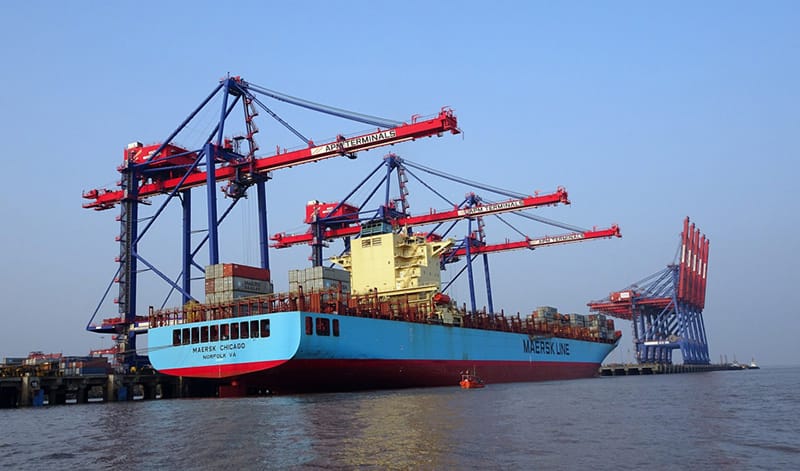
10 June 2024
World sugar market development
After the recovery in raw sugar prices in January, the downtrend continued and is currently trading at around USc19.00/lbs after failing a couple of times to break through the 18 mark. Continuous positive news on crop development around the globe have pushed an earlier anticipated very tight market into a surplus. The market expectation of a surplus does however rest on an assumption of continuous of favourable weather in the next 6-8 months and the market remains very dependent on a successful crushing season in Brazil. Hence any disruption, either weather related or logistics related, may cause a price reaction to the upside.
The Brazilian 2024/25 crushing season (Apr/Mar) is off to a good start. By mid-May a total of 95.4 mln mt of cane had been crushed, resulting in the production of 5.1 mln mt of sugar. These figures represent year-on-year increases of 25.6% and 25.8%, respectively. This growth is primarily attributed to continuous dry weather conditions in the Central-South region of Brazil and recent investments in crystallization capacities. Additionally, the area dedicated to cane cultivation is expected to have increased by 4-5% year-on-year, partly due to a lower rate of cane field renovation. Market consensus suggests that the total cane crush and sugar production will be in the range of 600-625 mln mt of cane and 41-42 mln mt of sugar, down from 654 mln mt of cane and 42.4 mln mt of sugar in the previous year.
Contrary to the dry conditions in Brazil, India is anticipating the onset of the monsoon season. The Indian Meteorological Department forecasts suggest that rainfall will exceed normal levels by 6%. Meanwhile, the issue of sugar exports from India remains unresolved, with the Indian Sugar Mills Association (ISMA) advocating for exports later in the current campaign, while the government consistently opposes this move. Given current world market levels, sugar exports are not economically viable without subsidies. The government is likely to favour increasing the ethanol mandate, as domestic ethanol prices offer a premium of about USc1-2/lbs over sugar export parity. This strategy would help maintain reasonable domestic sugar prices amidst high inflation. Another measure taken by the government in the fight of the inflation has been to release more sugar than last year for domestic sale. Combined sales allocation for May and June were 500kt higher year-on-year. Market participants now anticipate that the total sales allocation for the season will reach 29.3 mln mt, an increase from last year’s 28 mln mt. It is important to note that this rise in allocation is not solely due to an increase in domestic consumption. A portion of the heightened demand is attributed to smuggling activities into neighbouring countries.
In Thailand, large new cane planting areas have emerged as a result of record cane prices experienced last season, prompting farmers to switch from rice and cassava to sugar cane. Additionally, fertilizer prices have largely normalized after significant increases last season. Hence market consensus for the 2024/25 season is that total cane crush and total sugar production will increase to 90-100 mln mt of cane and 10-11 mln mt of sugar, up from 82.2 mln mt of cane and 8.8 mln mt of sugar in the previous year.
Estimates for global supply/demand balance suggests a surplus of approximately 4 mln mt in the current sugar marketing year (Oct/Sep). Most of that surplus does however sit in India, and thus not accessible to the rest of the world. Hence, the market is tighter and more vulnerable than what meets the eye and dependent on continuous favourable weather in key producing regions.

